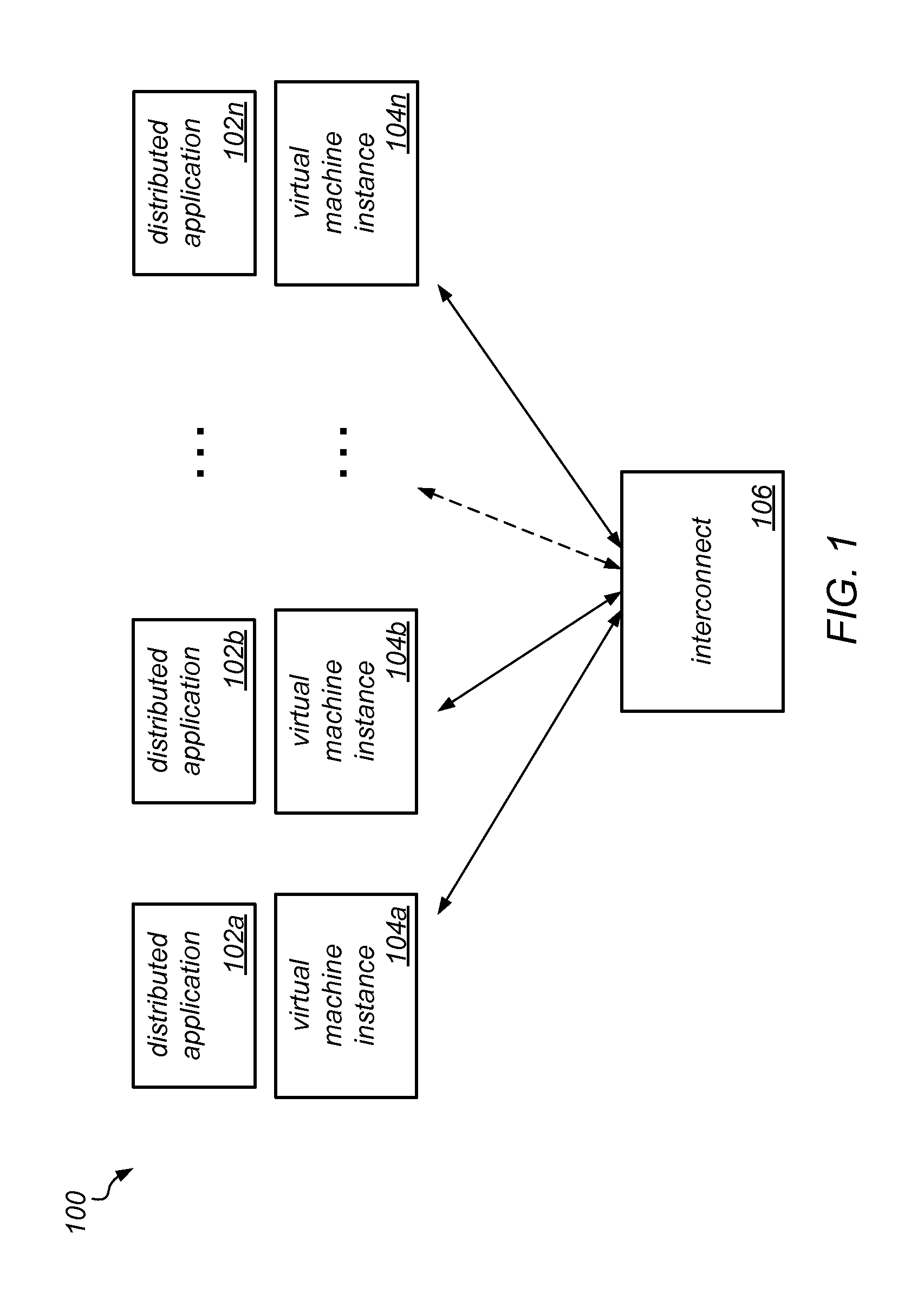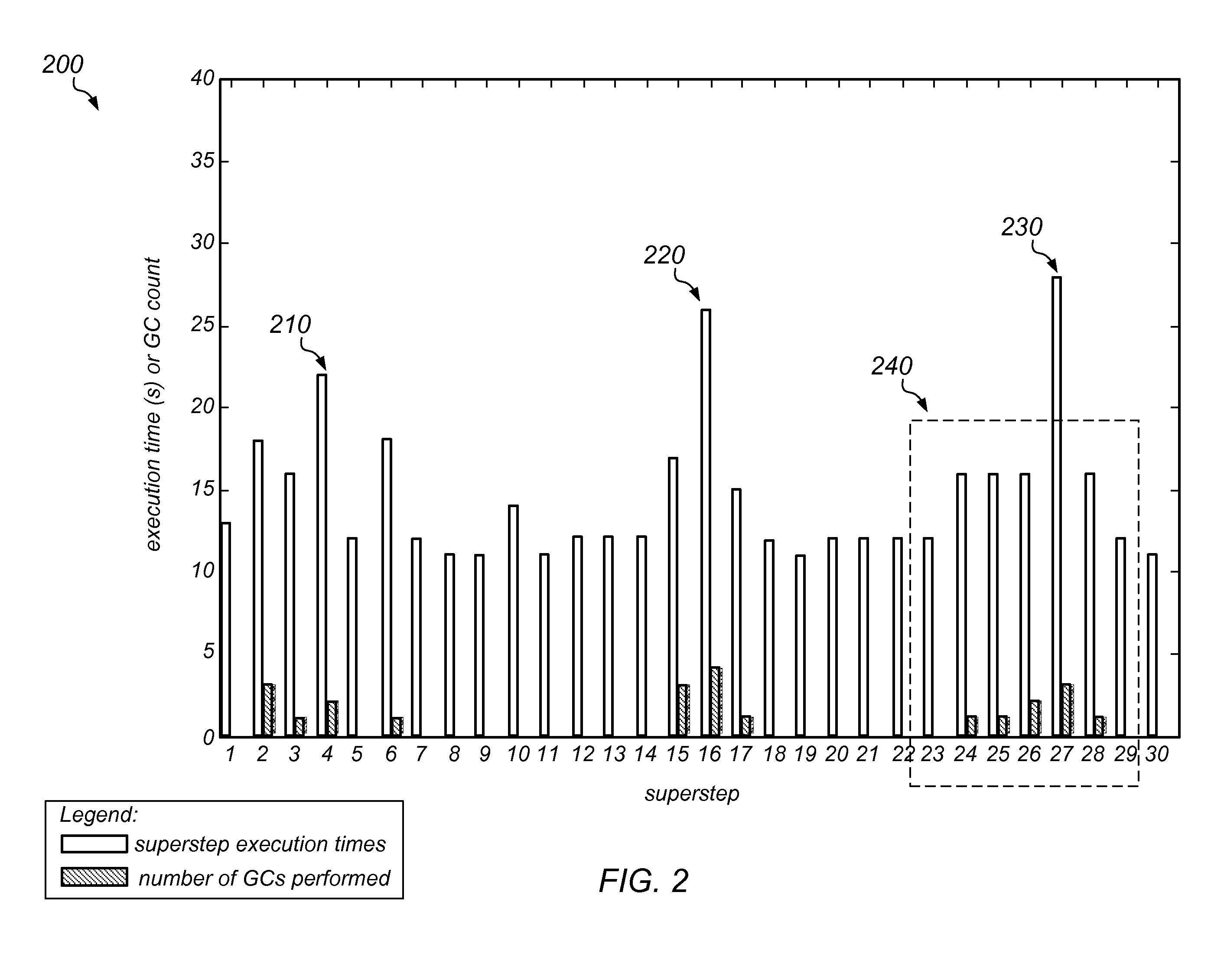Coordinated Garbage Collection in Distributed Systems
a garbage collection and distributed system technology, applied in the direction of program control, multi-programming arrangements, instruments, etc., can solve the problems of affecting the latency of individual requests, stalling the entire distributed application, and reducing the throughput of applications, so as to reduce the impact of garbage collection pauses
- Summary
- Abstract
- Description
- Claims
- Application Information
AI Technical Summary
Benefits of technology
Problems solved by technology
Method used
Image
Examples
Embodiment Construction
[0031]As noted above, many software systems comprise multiple processes running in separate Java Virtual Machines (JVMs) on different machines in a cluster. For example, many Java applications run over multiple JVMs, letting them scale to use resources across multiple physical machines, and allowing decomposition of software into multiple interacting services. Examples include popular frameworks such as the Hadoop framework and the Spark framework.
[0032]As described in more detail herein, the performance of garbage collection (GC) within individual virtual machine instances (VMs) can have a significant impact on a distributed application as a whole. For example, garbage collection behavior can decrease throughput for batch-style analytics applications, and can cause high tail-latencies for interactive requests.
[0033]In some embodiments of the systems described herein, fast modern interconnects (such as those in Oracle® Engineered Systems) may be exploited to control when the separat...
PUM
 Login to View More
Login to View More Abstract
Description
Claims
Application Information
 Login to View More
Login to View More - R&D
- Intellectual Property
- Life Sciences
- Materials
- Tech Scout
- Unparalleled Data Quality
- Higher Quality Content
- 60% Fewer Hallucinations
Browse by: Latest US Patents, China's latest patents, Technical Efficacy Thesaurus, Application Domain, Technology Topic, Popular Technical Reports.
© 2025 PatSnap. All rights reserved.Legal|Privacy policy|Modern Slavery Act Transparency Statement|Sitemap|About US| Contact US: help@patsnap.com



